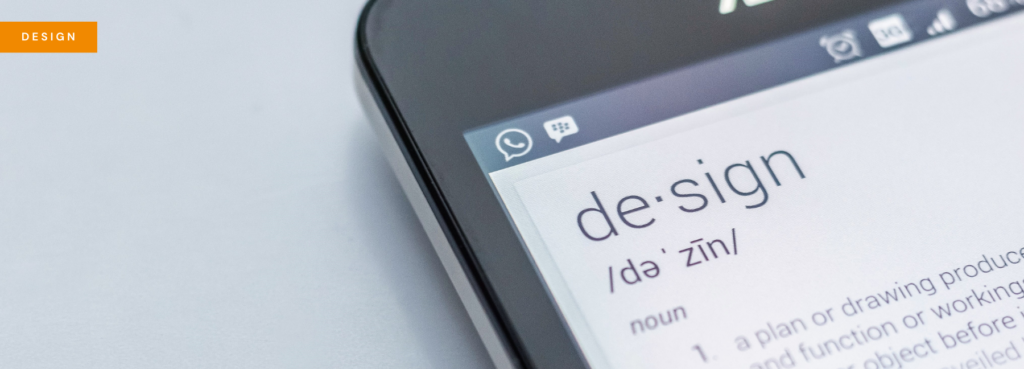How the UK publishing industry compares to the Australian industry

Ella Chapman is the Head of Marketing Communications at Hachette Australia. Previously she worked in London at Quercus and Little, Brown. You can follow @EllaLChapman.
I moved to Sydney with my husband in March 2017 for the simple reason of trying something new. Before that I’d worked in UK publishing for six years, first at a business publisher and then in trade publishing.
My original plan was to try something different from book publishing but after a contract managing the social media for Sydney’s Royal Botanic Garden (which was very fun) I was happily back with books.
Working in publishing on both sides of the world has been a brilliant learning experience. The retailer, media and consumer landscape all operate differently. I work for Hachette Australia in Sydney, which has given me the opportunity to gain a greater understanding of how Australia and New Zealand fit into the group business model. ANZ is an important export market for the UK so we work with our UK colleagues closely. In many ways the two markets operate similarly but there are some notable differences.
Amazon is not a major player in Australia
It’s been pretty refreshing to work in a market where Amazon doesn’t dominate. Until December 2017 Amazon Australia was Kindle only. On December 5 2017, amazon.com.au launched the physical store and product range, including print books. It was expected to immediately disrupt online and high street sales like it has in other countries, but it was a very soft start. Bricks and mortar stores remain a strong part of the publishing retail space and Amazon hasn’t penetrated the online and high street space to form a substantial market share, yet. It’s been a slow burn, but demand is increasing, and everyone is watching with interest to see how it progresses. Internationally, Amazon’s USP is its same-day Prime delivery service which isn’t easily achievable in the Australian market. Amazon distribution centres have opened in Melbourne and Sydney on the East Coast of Australia, which means the quickest delivery time to Perth on the West Coast is around a 5-6 hour flight. Product availability is still limited in Australia and it has been a testing time to get thousands of new stock lines added since launch. It’s also worth noting that supermarkets don’t stock or sell books in Australia, but Discount Department Stores (Kmart, Target, Big W) do.
Trade Paperback is king
The UK extends the lifecycle of a book by publishing first in hardback and then in B-format. Australia’s main (and sometimes only) edition is a trade paperback. B-formats are released in smaller quantities into the Australian market. The competitive price point that Discount Department Stores can offer on trade paperbacks means that a $19.99 B-format paperback isn’t comparatively cheap for consumers and therefore isn’t worth waiting for. When trying to identify the reason Australia publishes in trade paperback I was told that the format was brought into the market when the exchange rate was poor against the Australian dollar and hardbacks became too expensive to produce, ship and sell.
Publication dates are different
The UK publishing industry will typically publish a book on a Thursday whereas Hachette Australia publish on a Tuesday. This is down to two reasons, the first being to avoid a distribution and delivery clash with another big distributor in Australia. The second is more complicated. I sought advice from Justin Ractliffe, Managing Director of Hachette Australia, who helped to explain and summarise it for me. Australian publishers lose a large proportion of their local sales (particularly on ‘distributed’ titles as opposed to locally published titles) to online offshore retailers such as the Book Depository and amazon.com (in late 2018 Amazon lifted the ban on Australians shopping from its main US site that it had imposed earlier in the year). For this reason – and to protect copyright and abide by the current Parallel Import Rules under which booksellers cannot sell an imported title if an Australian publisher offers the same title on sale within 14 days of the international pub date – Australian publishers always try to match the US publication date wherever possible (usually on a Tuesday), particularly on big international releases. You can find more information on parallel imports and territorial copyright here. The publication date difference is taken into account when planning serialisation with media, social media assets for international authors and worldwide embargos.
Australian connections
Like anywhere in the world, Australians like to champion local talent. If an international author has a connection with Australia (e.g. published work or they used to live here) it helps with media interest. If there is Australian content within a non-fiction book it can spark more relatable interest with readers and retailers. Our international colleagues often highlight this information at a launch meeting to help raise a book’s profile locally. Local Australian publishing is a growing and competitive market and with authors on the ground to tour and sign copies, we need to work with our international offices to identify all the details that can help break a book into the market early on.
Australian crime fiction is on the rise
Up until 2016, Australian-set crime fiction was a tricky sell. There had been little success in the market so it was difficult for publishers and retailers to back. That all changed when Jane Harper’s The Dry came on the scene. It’s been a huge international bestseller and has seen Jane Harper become one of Australia’s biggest brand authors. The Dry has opened the door for many Australian crime fiction bestsellers, a genre coined ‘bush noir’, including 2018 hit Scrublands by Chris Hammer. We’ve started to see Australian-set fiction take off globally, helped by Liane Moriarty’s Big Little Lies small screen adaptation, and I think it’s something that will only get bigger as the demand from both local and international readers becomes greater. Five of Australia’s 2018 Top 10 Bestsellers (source: Nielsen BookScan) were Australian authors and two of these were international hits as well.
The media and marketing
In many ways, launching and running a campaign in Australia is very similar to the UK but there will always be differences as you plan a campaign tailored to your market. Pre-orders are marginal in Australia. Retailers aren’t well set-up for online ordering and consumers aren’t in the habit of pre-ordering a title when there are so many options to buy the book physically on publication. Out-of-home advertising (more commonly know as outdoor advertising in the UK) tends to run in the central business districts of Sydney, Brisbane and Melbourne unlike a national rail campaign in the UK, which can run the length of the country. Planes are more common than trains between Australian cities!
There are many things in common between the UK and Australian publishing industry but I believe it’s beneficial for anyone working at an international publisher to take the time to learn how other markets operate, and to understand the key differences between them. This will put you in a stronger position to seek out opportunities and best practices for your company and their books.





